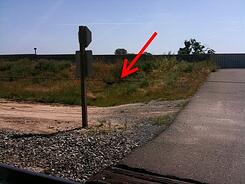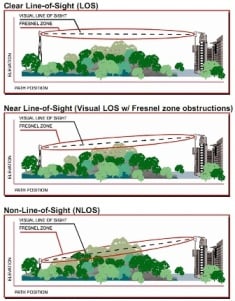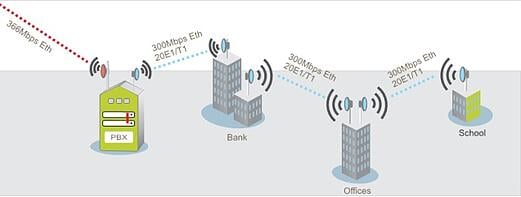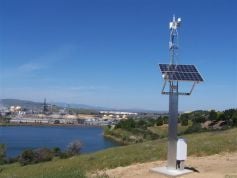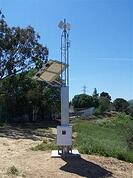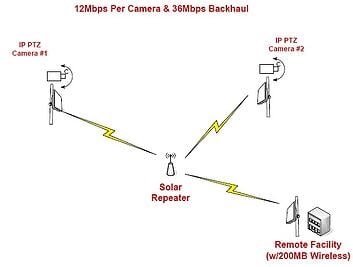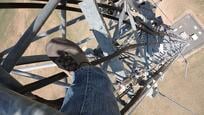Many customers come to us and say that they need a wireless backhaul solution, but say they are waiting for WiMax. We ask, "Why?"
Many people that are not part of (or don't closely follow) the wireless backhaul, point to point wireless bridges or point to multipoint wireless backhaul, industry or the 4G mobile (LTE and WiMax) carrier industry really don't understand what WiMax is all about. Some think it's a Wi-Fi replacement. Others think it's a new technology that is going to replace all outdoor wireless backhaul, like licensed microwave links or wireless mesh networks. There is a lot of talk about the standards-based technology of WiMax backhaul. Many people do not know what WiMax is or what WiMax is not.
The term WiMax has become a marketing machine and has pushed the outdoor wireless backhaul industry into one the fastest growing technology industries. Just as the term Wi-Fi has been trademarked to the indoor wireless LAN market, WiMax is a trademarked term for a standards-based point to multipoint technology for the outdoor wireless backhaul market. WiMax in itself is not encompassing of all outdoor wireless backhaul. Note: image below is reported by the WiMax Forum as of Feb, 2010.
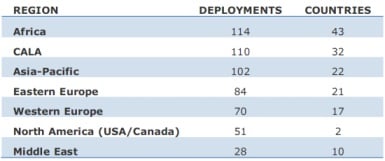
A General Background:
WiMax backhaul was originally designed to be a point to multipoint wireless backhaul solution for providing last mile wireless Ethernet bridges, as alternative to DSL to the home and T1 replacement to businesses. A point to multipoint wireless system consists of a base station unit ("BSU") or sometimes called an Access Point ("AP"), as a standalone or part of a cluster to provide multiple sectors of wireless backhaul coverage that provides wireless backhaul to multiple Subscriber Units ("SU"). SU's are sometimes called CPE's (customer premise equipment). This was for the WISP and telecommunication provider markets.
Part of the equation was also to make mobile devices (like laptops and mobile phones) equipped with WiMax 802.16 chipsets so they could become an actual subscriber unit, creating direct internet access through the service provider (like a giant outdoor hot spot). This would basically provide a direct wireless Ethernet bridge connection directly to a WiMax point to multipoint wireless base station array. Like a mobile phone connecting to a cellular tower.
Manufactures of outdoor wireless bridges and the WISP market realized that wireless interference is a huge issue with outdoor Ethernet wireless bridges. When you start using unlicensed wireless bridges to be a point to point wireless backhaul to unlicensed point to multipoint wireless bridges, which then provide backhaul for Wi-Fi access, in unlicensed 2.4GHz (802.11b/g/n) and 5.8GHz (802.11a/n), there is a large risk of wireless interference. At the same time many people have tried to extend Wi-Fi to outdoor environments to provide greater wireless connectivity to mobile devices, but this still needs a backhaul at some point.
WiMax backhaul was originally going to be in a frequency band away from the popular 5GHz band (5.3GHz, 5.4GHz, and 5.8GHz) used for most unlicensed wireless bridges. Unfortunately, the FCC did not allow for this. Later the FCC did open up a small piece of spectrum, 50MHz wide, of the 3.65GHz band to be used by WiMax backhaul radios. The 3.65GHz band is non-exclusive, meaning it's not a licensed microwave bridge requirement, but just a lightly regulated space that requires service providers to register the microwave wireless broadcast. The 3.5GHz band is used for WiMax backhaul wireless radios in other countries. Some mobile carriers have manufactured their own radios to operate in their licensed 2.5GHz frequencies.
For a piece of wireless backhaul equipment to be considered WiMax Certified (by the WiMax ForumTM) it must comply with the 802.16 IEEE standards and be completely interoperable with other manufactures WiMax equipment. The problem is that there are not many devices that are truly interoperable or have been fully tested to work with one another. It's funny how many of the WiMax 802.16 standards, like OFDM, were already found in the existing product lines or outdoor wireless Ethernet bridge manufactures like Proxim, Alvarion, Motorola, and others. Most WiMax equipment is almost no different than current point to multipoint wireless systems operating in the 2.4GHz or 5.8GHz unlicensed wireless bridge frequency bands. Most use OFDM and MIMO technologies. WiMax backhaul just operates in a different 3.65GHz wireless band, which provides a smaller channel width and less data throughput.
More to come in Part 2...





